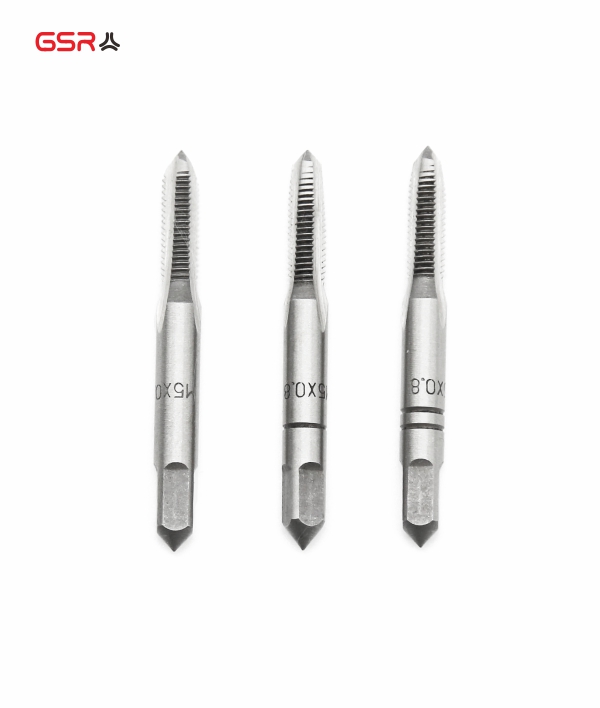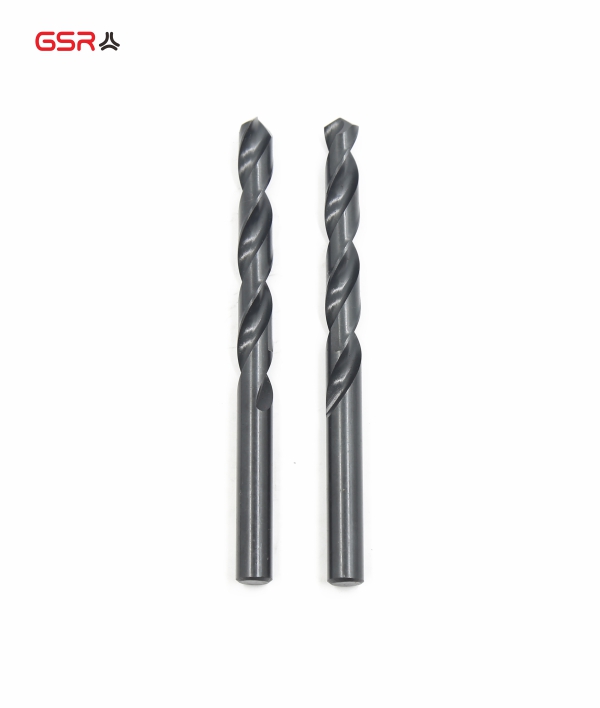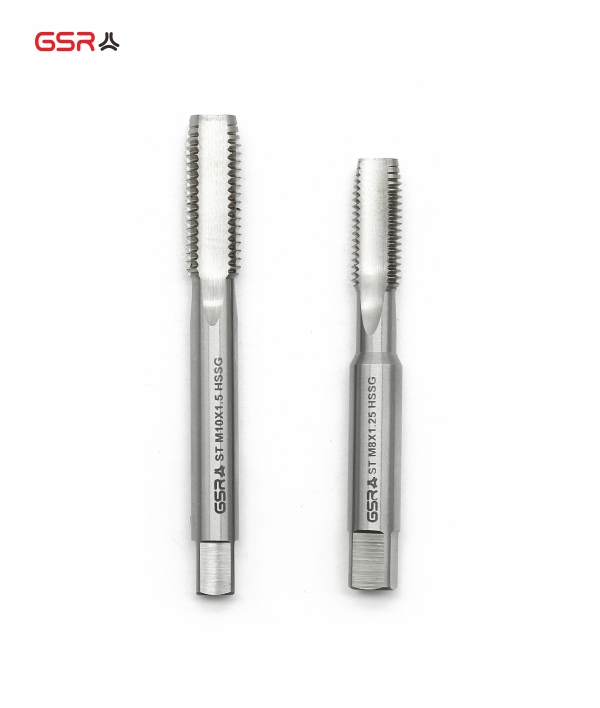Thread Cutting Procedure on Lathe Machine
Before talking about how to cut threads on a lathe, it is very important to know what a thread is? In layman's terms, a thread is a "series of crests and troughs" or "spiral grooves" formed along a cylindrical or conical surface. Technically, it is defined as a spiral ridge with a uniform cross-section that wraps around a cylindrical or conical body. Threads are generally classified as external Thread and Internal Thread, and are sometimes referred to as male and female threads. Threads can be used as fasteners or motion transmitters, or to convert rotary motion to linear motion, among other things.
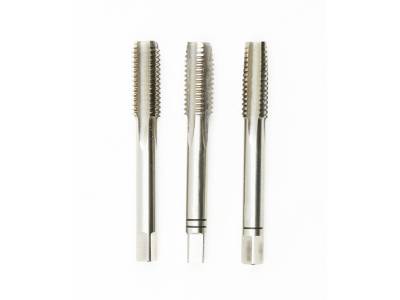
Internal Thread Tool
Once we are familiar with threads, let's talk about lathes. A lathe is a machine that is used to shape wood, metal, etc. by removing material. Lathes can perform various operations such as turning, knurling, finishing, etc. In a lathe, the workpiece is rotated along a rotary axis and different machines are used to perform different operations on the workpiece.
Some basic terms for threads:
1. Pitch: It is defined as the distance between two points, measured from one point on a thread to another point in a similar position on a continuous thread, parallel to the cylinder axis.
2. Lead: It is defined as the distance that a thread moves in the axial direction during a complete rotation.
3. Major diameter: It is the maximum diameter of the thread, measured in the opposite direction from one vertex to the other.
4. Minor diameter: It is the smallest diameter of a thread measured in the opposite direction from one root to the other.
5. Number of threads per inch: As the name suggests, it is the number of threads in one inch. It is measured by placing the scale next to the threads and counting the number of pitches.
6. Depth: The distance measured between the vertex and the root in a direction perpendicular to the axis of the cylinder.
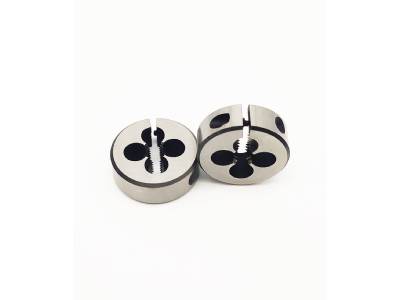
External Thread Tool
Thread Cutting Procedure of Lathe Machine:
Thread Cutting on the lathe is now discussed. To cut a thread, the pitch, lead, major diameter, minor diameter and depth are first calculated. To cut threads, the single point cutting tool used is a turning tool with a carbide insert. Now follow the steps below.
First, the workpiece is machined to the major diameter of the thread to be cut using the turning center.
The workpiece is now placed in a chuck for threading between centers. The chuck is connected to the spindle, which is engaged with the lead screw. In order to have the proper speed ratio between the spindle and the lead screw, a quick change gearbox is used.
Therefore, the quick change gearbox is set up according to the required thread pitch.
Use a thread gauge to align the head with the workpiece at an angle.
Now move the threaded head towards the workpiece using compound feed and cross feed.
The micrometer should be set to zero for both feeds.
Due to the rotation of the lead screw, the slide carriage moves to a predetermined distance with each revolution in operation. This is accomplished by positioning the half-nut of the slide frame to engage the lead screw.
The half-nut or split-nut must engage at an exact predetermined time in order to make a correct continuous cut. This can be accomplished by using a thread chasing disk or dial. This dial is attached to the slide and is driven by a worm gear attached to the lead screw. This step is known as thread tool tracking.
The surface of the dial is divided into an even number of full and half divisions.
If the split nut is not engaged and the lead screw is rotated, then the threaded dial is also rotated.
Now, if the number of threads to be cut is an even number, then the split nut should engage when any of the lines on the thread dial coincide with the zero line, and when the number of threads to be cut is an odd number, any of the numbered lines should coincide with the zero line.
Scrape the part without the use of lubricant. Disengage the half-nut at the edge of the cut, stop the lathe, and exit the tool using the cross feed. Return the carriage to the starting point.
Now check the thread pitch with a pitch gauge. If it is correct, proceed to the next step.
Using cutting oil, feed the compound into the first pass at 0.20 to 0.50 mm. As you approach the last pass, reduce the depth of cut to 0.025 to 0.075 mm.
This process continues, or continue to make successive cuts until the threads are closer to the desired depth or within 0.025 mm of the final depth.
A final cut is then made at a depth of cut of 0.025 to 0.075 mm.
Now check the dimensions using a thread micrometer or using a three-wire system.
Once this is done, chamfer the ends of the threads to avoid damaging them.
The company also provides Thread Repairing Tool, please feel free to contact us if necessary






